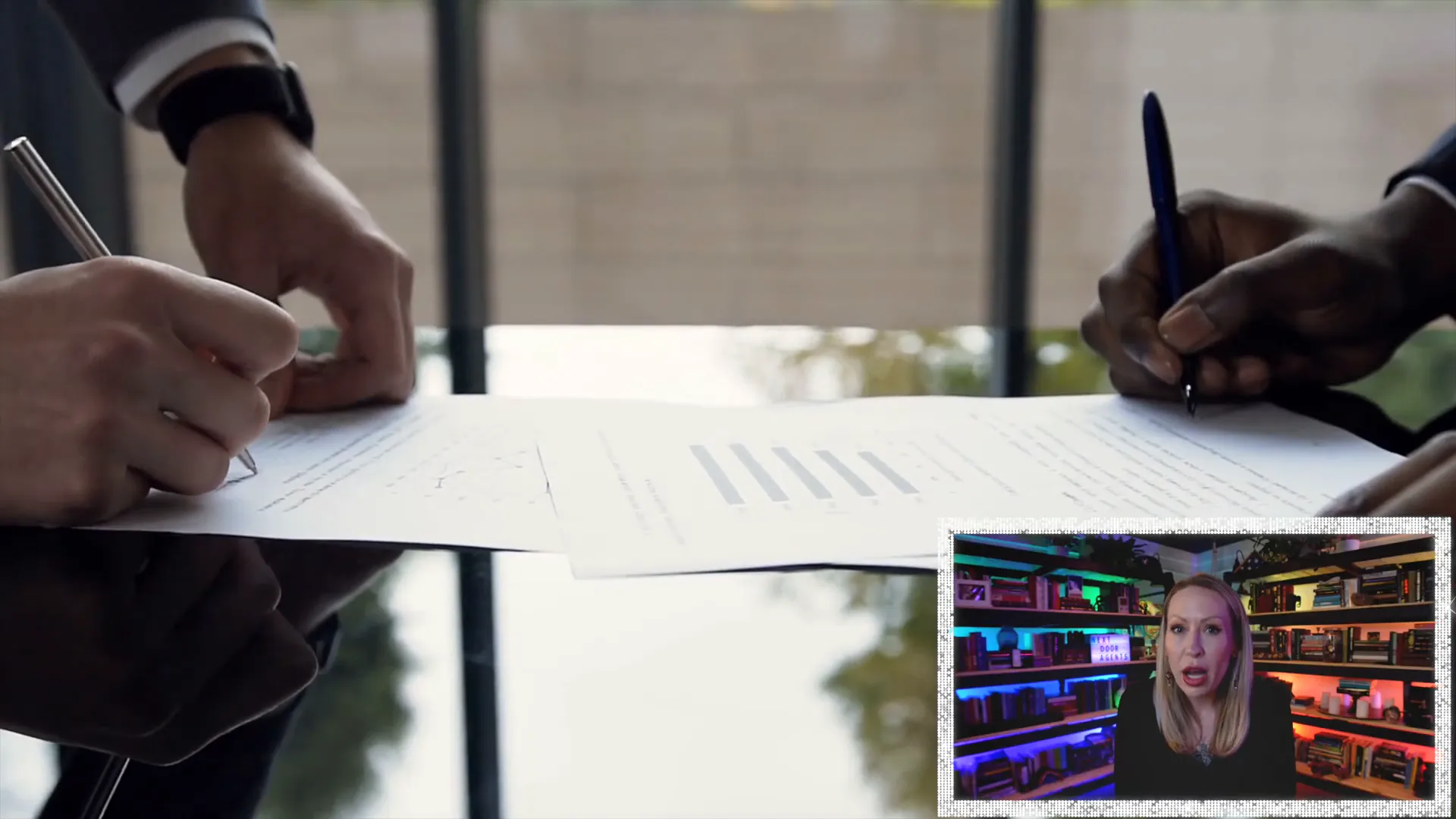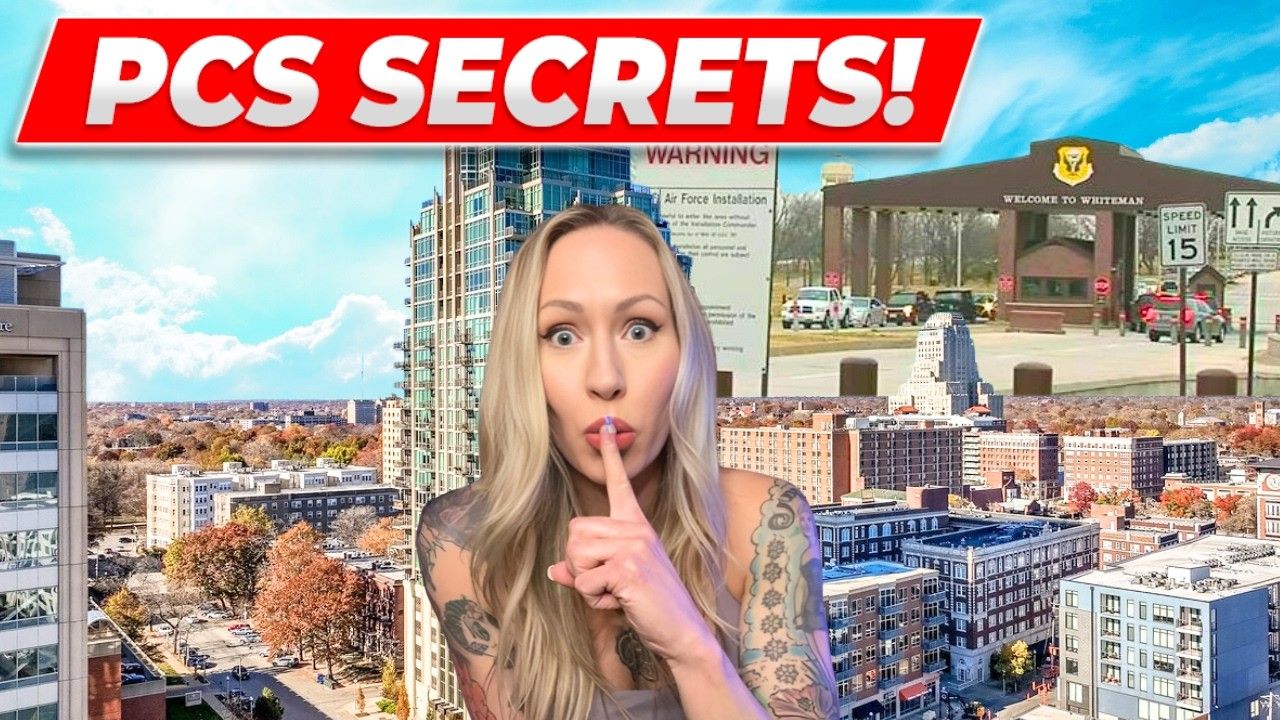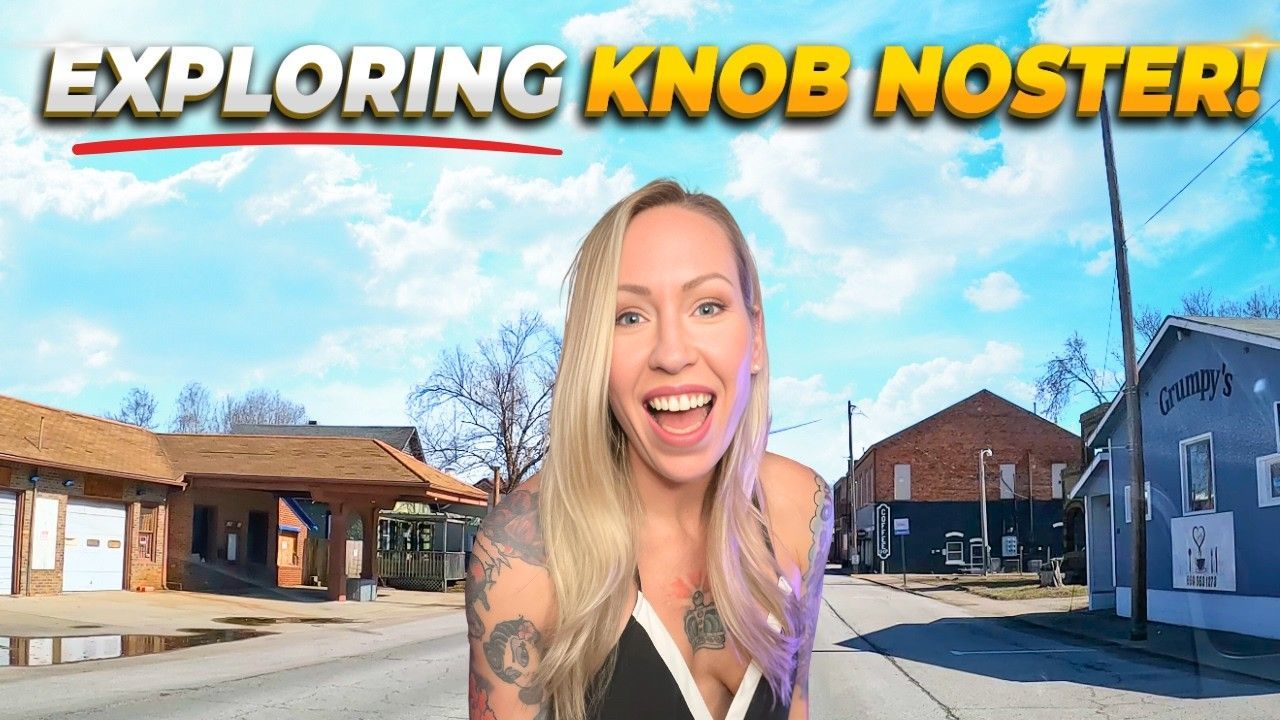Why Getting Pre-Approved First Can Save Your Home Buying Dreams
Buying a house is one of the most exciting and life-changing experiences you can embark on. But if you’re like many first-time homebuyers, you might find yourself overwhelmed by questions and uncertainties—starting with the crucial one: How much house can I really afford? That’s where the concept of pre-approval comes in, and why understanding it can truly save your home buying dreams.
In this comprehensive guide, inspired by expert insights from “Welcome to Warrensburg Missouri,” we’ll dive deep into the ins and outs of pre-approval. Whether you’re dreaming of settling near Whiteman Air Force Base or anywhere else, knowing what a pre-approval entails, why it matters, and how to get it will empower you to navigate the real estate market with confidence and clarity.
Table of Contents
- Why Do You Need a Pre-Approval?
- What Is a Pre-Approval?
- Step One: Gather Your Documents
- Step Two: Know Your Credit Score
- Step Three: Choose Your Lender
- Step Four: Submit Your Application
- Why Get Pre-Approved Before Looking at Homes?
- Real-Life Story: The Pitfalls of Skipping Pre-Approval
- Remember: Your Dream Home Is Still Within Reach
- Summary: The Absolute Must of Pre-Approval
- FAQs About Why Getting Pre-Approved First Can Save Your Home Buying Dreams
- Need Help Buying a Home in Warrensburg Missouri?
Why Do You Need a Pre-Approval?
One of the biggest questions I get from first-time homebuyers is: “What do I need to do before I start looking at houses?” My answer is always the same— get a pre-approval. But why is this so important?
A pre-approval is the key to understanding your financial boundaries. It’s a lender’s conditional agreement to lend you a specific amount of money based on a thorough review of your financial health. This means you get a clear picture of your price range before falling in love with homes that might be out of reach.
Without a pre-approval, you risk wasting precious time and energy on houses you simply can’t afford. It also weakens your negotiating position when you finally find that dream home because sellers want to see that you have the financial backing to close the deal.
What Is a Pre-Approval?
Let’s break down what a pre-approval actually is. A pre-approval is a lender’s conditional promise that they can loan you a certain amount to buy a home. It’s based on a detailed financial analysis, including:
- Your income and employment history
- Your credit score and credit report
- Your assets and debts
- Tax returns and bank statements
Think of it as a financial health check-up that tells the lender, and more importantly you, how much money you qualify to borrow. This is not just an estimate or guess—it’s a firm, evidence-based assessment.

Pre-Approval vs. Pre-Qualification
It’s easy to confuse pre-approval with pre-qualification, but they’re quite different. A pre-qualification is a simpler, less formal step where you provide some basic information about your income and debts. The lender may not even check your credit. It’s mostly an estimate of what you might afford based on what you tell them.
For example, if you tell a lender you make $80,000 a year as a firefighter, they might say, “Okay, you could probably afford this much.” But because they haven’t verified your information or checked your credit, there’s no guarantee.
On the other hand, a pre-approval is a thorough investigation. The lender verifies your income, checks your credit, reviews your tax returns, and examines your bank statements. Only after this deep dive will they give you a pre-approval letter stating exactly how much you can borrow.
Step One: Gather Your Documents
Getting pre-approved starts with preparation. The first step is to gather all the necessary documents. Having these ready before you talk to a lender will make the process smooth and fast.
Here’s what you typically need:
- Tax Documents: W-2s, 1099s, or other proof that you filed your taxes correctly
- Proof of Income: Recent pay stubs or paycheck stubs
- Bank Statements: Showing your assets, including checking, savings, stocks, or bonds
- Debt Information: Details about any loans or payments you currently have, such as car loans or student loans
- Employment Verification: A letter from your employer or pay stubs that confirm your job status and income
For those with unique employment situations, like traveling nurses who work for different hospitals, a letter from employers verifying steady income might be necessary. The goal is to prove that you have reliable income sources.
Step Two: Know Your Credit Score
Your credit score plays a huge role in how much money a lender will be willing to lend you and at what interest rate. It’s easy to check your credit score for free on sites like Credit Karma.
Sometimes, you might find unexpected issues on your credit report, such as a small medical bill that went to collections without your knowledge. Clearing up these issues or paying down existing debts can raise your credit score and improve your chances of getting a better loan.
A higher credit score not only helps you qualify for a loan but can also mean a lower interest rate, saving you thousands of dollars over the life of your mortgage.
Step Three: Choose Your Lender
Choosing the right lender can feel overwhelming, but it’s one of the most important decisions you’ll make in the home buying process. I always recommend asking your real estate agent or friends for lender recommendations.
Personally, I prefer working with local lenders—someone accessible who knows the local market and can answer your questions promptly. For example, I often work with Jared Jones here in Missouri, who is knowledgeable and responsive.
Local lenders often provide more personalized service and can help negotiate seller concessions or interest rate buy-downs, which can save you money or add value to your purchase.
It’s also wise to get quotes from multiple lenders. This helps you compare rates and terms and avoid being misled by lenders who overpromise or don’t offer competitive rates.

Step Four: Submit Your Application
Now comes the part everyone dreads: paperwork. Once you’ve chosen your lender(s), you need to fill out the mortgage application. This can be done online or in person.
If you have all your documents ready, this can take as little as 10-15 minutes. Without preparation, it might take up to an hour. The application includes detailed questions about your income, debts, assets, employment, and more.
After submitting your application, the lender will review everything and, if all goes well, provide you with a pre-approval letter within 24 to 48 hours. This letter states the loan amount you qualify for and often includes an estimated interest rate.
Getting this done early in your home buying journey is essential. It removes guesswork and helps you shop for homes within your financial reach.
Why Get Pre-Approved Before Looking at Homes?
This is the question I hear a lot: “Why should I get pre-approved if I don’t even know what house I want?”
The answer is simple: pre-approval defines your buying power. It tells you exactly how much money you can borrow and what your monthly mortgage payments might look like. This way, you don’t waste time looking at homes outside your budget.
For example, if you get pre-approved for a $300,000 loan with a VA or USDA loan (which often require zero down payment), and the current interest rate is about 6.5% for a 30-year fixed mortgage, your monthly mortgage payment (principal, interest, taxes, and insurance) could be around $2,100 to $2,200.
Knowing this upfront helps you decide if that price range fits comfortably into your monthly budget. If not, you can adjust your home search accordingly.
Real-Life Story: The Pitfalls of Skipping Pre-Approval
Early in my career, I made the mistake of showing clients homes before they were pre-approved. They told me what they wanted and what they thought they could afford, so I showed them houses in a higher price range.
But when they finally got pre-approved, they realized they couldn’t afford those homes. The houses they could afford were much smaller and less fancy than what they initially looked at. The disappointment was real—imagine falling in love with a mansion and then having to settle for a starter home with a split-level and a tiny walk-in closet.
This experience taught me how important it is to start with a pre-approval to avoid heartbreak and frustration. It sets realistic expectations and keeps your home buying journey on track.

Remember: Your Dream Home Is Still Within Reach
Just because you can’t afford your dream house right now doesn’t mean you can’t buy a fantastic home that fits your budget. Many clients start with a home they love and can comfortably afford, then upgrade later after building equity and waiting for interest rates to drop.
Buying a home is often a journey, not a one-time event. Starting with a realistic pre-approval helps you find a home that’s perfect for your current situation and sets you up for future success.
Summary: The Absolute Must of Pre-Approval
Here’s the bottom line: getting pre-approved is your first step in buying a home. It gives you clarity on how much house you can afford, helps you understand your monthly mortgage payment, and strengthens your negotiating power.
By gathering your documents, choosing the right lender, submitting your application, and getting pre-approved before house hunting, you’re setting yourself up for a smooth, successful, and enjoyable home buying experience.
I always tell my clients, “Let’s get you pre-approved first,” and I recommend you do the same. It’s a reality check that saves you time, money, and heartache.
FAQs About Why Getting Pre-Approved First Can Save Your Home Buying Dreams
What is the difference between pre-approval and pre-qualification?
Pre-qualification is an informal estimate based on information you provide without credit checks or document verification. Pre-approval is a formal process where the lender verifies your financials and credit, resulting in a conditional loan offer.
How long does a pre-approval last?
Typically, pre-approval letters are valid for 60 to 90 days. If your home search takes longer, you may need to update your pre-approval.
Does getting pre-approved affect my credit score?
Yes, a lender will perform a hard credit inquiry during pre-approval, which can slightly impact your credit score. However, this is a normal part of the process and necessary for an accurate assessment.
Can I get pre-approved by more than one lender?
Absolutely. Shopping around and getting multiple pre-approval offers helps you compare rates and terms to find the best deal.
What documents do I need for pre-approval?
You’ll need tax returns, pay stubs, bank statements, proof of debts, employment verification, and information on any assets you have.
How does pre-approval help in a competitive market?
Having a pre-approval letter shows sellers you’re a serious buyer with financing in place, which can give you an edge in multiple offer situations.
Need Help Buying a Home in Warrensburg Missouri?
If you’re planning to buy a home in Warrensburg, near Whiteman Air Force Base, or anywhere in Missouri, having a local expert by your side is invaluable. I’m here to help you every step of the way—from pre-approval to closing and beyond. Feel free to reach out anytime with questions or to get started on your pre-approval. Whether you’re a first-time buyer or relocating, I love talking to people and guiding them through this exciting process. Additionally, you can download our FREE Relocation Guide for more insights!
If you're ready to take the next step, don't hesitate to contact me at (601)-557-0540 or visit my website at warrensburglife.com .

Eva Norton
Your trusted real estate partner, specializing in a comprehensive range of services from family relocations to high-return investment properties, is here to guide you every step of the way. As a top-producing agent in Warrensburg, MO, I take pride in my track record of excellence, having earned the prestigious “Elite Agent” title for three consecutive years with REAL Broker LLC.
660.628.2793







